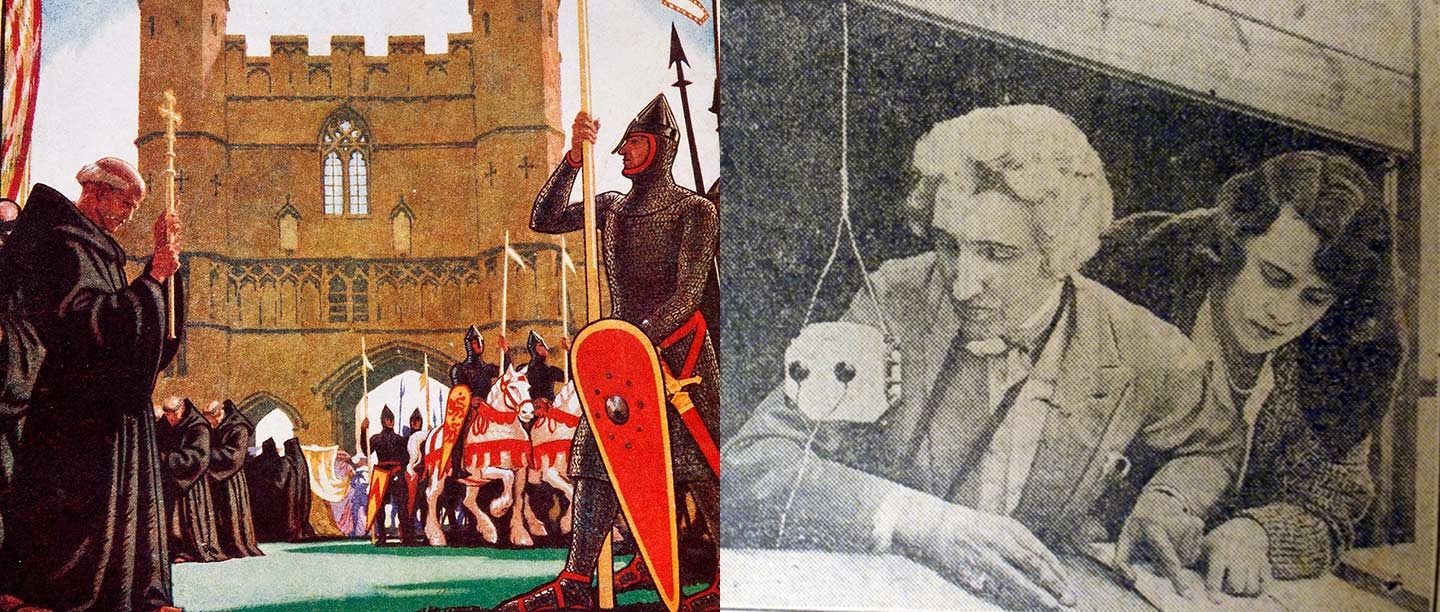Actress and male impersonator
Gwen Lally (real name Gwendoline Rosalie Lally Tollendal Speck), daughter of a ‘gentleman’, began her acting career in 1906 under the management of Sir Herbert Beerbohm Tree at His Majesty’s Theatre, London. In 1912 she wrote and appeared as the male lead in The Escape, based on the life of her famous forebear Count Thomas Arthur de Lally-Tollendal, a Jacobite who was hanged in 1766.
The only time Lally ever played a female character was in Dinner Together in 1914, a farcical one-act variety episode at the Oxford Theatre. However, her character was ‘a male impersonator à la Vesta Tilley’. In the First World War she played Lorenzo in The Merchant of Venice and Osric in Hamlet at the Old Vic, where there was a shortage of male actors due to the war. A reviewer in The Stage in 1916 commented:
This lady is so accustomed to male parts, and presents them with such fidelity, that her sex is frequently mistaken on the stage.
Lally told the Sydney Morning Herald in 1934 that she could ‘claim the distinction of being the only actress who has never worn skirts on the stage’.
Historical pageants
In 1907 Lally acted in Frank Lascelles’s Oxford Historical Pageant. This was part of an outbreak of ‘pageantitis’ that swept Britain in the Edwardian and interwar years. Local historical pageants were dramatic re-enactments with large casts of amateurs. Performed outdoors in places of historical significance, they told the history of those places in a series of selected episodes.
In the 1920s Lally began to produce and direct pageants for the National Federation of Women’s Institutes. She staged the first of her larger local historical pageants in 1929 in Ashdown Forest, Sussex, with a cast of nearly 1,000. This had a finale written by AA Milne, and featured his son Christopher Robin and other children playing the toys featured in Milne’s books.
Lally went on to produce and direct eight further pageants until 1952, making her the most prolific of the few women pageant masters. She was said to have the manner of a sergeant major and an incredible eye for detail, and liked to direct the action from an elevated ‘crow’s nest’. She was awarded an OBE for her work in 1954.
Watch a film of the Birmingham pageantThe Battle Abbey Pageant
Lally intended her Pageant of Battle Abbey in 1932 to unite the whole of East Sussex, with a cast of 7,000 volunteers performing a large-scale pageant. However, at a time of economic crisis, she managed to recruit only 2,600 pageanteers.
Lally told the Sussex Agricultural Express that she and her partner, Mabel Gibson,
had felt definite psychic influences in the Abbey grounds at late rehearsals … I think that the monks were probably not displeased with us, for we were doing them no dishonour in making those lovely scenes live again.
A sighting of a ghostly monk convinced Lally to proceed with the pageant, despite several obstacles.
The pageant told the story of Battle Abbey in the wider context of the county in nine episodes. Starting with Harold at the Norman court and the 1066 Battle of Hastings, it culminated with a scene in Battle Fair in 1876. An episode of 18th-century smugglers added drama, but its performers were disappointed to be excluded from the final procession and accompanying church service. It was not thought appropriate to include ‘disreputable’ characters.
The reception of the pageant was mixed. This seemed to boil down to a difference of opinion about the pageant form: some disliked Lally’s artistic approach with its minimal use of words, dramatic visual staging and inclusion of fictional episodes. She described her pageants in 1927 as like a ‘silent super-film, but filled in with appropriate battle cries, songs and acclamations; the action must be swift, the scenario dramatic, and the music … atmospheric’.
A pageant in herself
Lally’s appearance was much remarked upon. She appears to have carefully constructed her image, exaggerating her tall, slim figure and androgynous, aquiline-nosed face by cutting her hair short and wearing masculine clothes. She posed for dramatic publicity photographs and a portrait by Betty Alder. People remarked on her resemblance to famous male historical figures. George Bernard Shaw told her ‘you are a pageant in yourself: a George Washington pageant’.
Masculine dress was very fashionable for artistic and bohemian women in the 1920s, and was not thought of until later as a signifier of sexuality. However, what is striking about Lally is her adoption of the style on the Edwardian stage and her enduring adherence to it for the rest of her life in her public persona.
Read more about 1920s masculine dressArtistic and life partnership
Lally left no known record of her private life, but recent research suggests that she may have had an enduring relationship with the actress Mabel Gibson. Early clues about Lally’s sexuality are contained in a volume of poems she published in 1907. Most were about romantic love and written to a female subject, who in some of the poems was addressed as ‘Phyllis’.
From 1927 Lally had an artistic partnership with Mabel (aka Amabel) Gibson, née Howitt (1887–1979). Lally credited Gibson as her ‘partner’ in the production of her pageants and Women’s Institute productions. Gibson produced her own pageant in Wolverhampton in 1931. The two women also gave lectures and judged acting competitions together.
The daughter of an artist, Mabel Gibson was evidently an accomplished actress and had worked in Canada and America. She appeared on stage with Lally several times. They typically performed scenes from Sheridan or Shakespeare playing romantic heterosexual couples, with Lally in the male role. For example, in 1928 the Banbury Guardian reported that Gibson played the bride Princess Katharine to Lally’s Henry V, and published a photo of the happy couple.
The two women were perhaps hiding their relationship in plain sight. They lived together from at least 1924 until Lally’s death in 1963, when she left her estate to Gibson, who was described as a widow.
By Deborah Sugg Ryan, Professor of Design History & Theory, University of Portsmouth
Further reading
Angela Bartie, Linda Fleming, Mark Freeman, Tom Hulme, Alex Hutton, Paul Readman, ‘Battle Abbey Pageant’, The Redress of the Past (accessed 5 Sept 2019)
Nicola Gauld and Neil McComb, ‘Birmingham Pageant’ (accessed 5 Sept 2019)
Deborah Sugg Ryan, ‘Lally, Gwen [real name Gwendolin Rosalie Lally Tollandal Speck] (1882–1963)’, Oxford Dictionary of National Biography, 2014 (accessed 5 Sept 2019)
Top image: newspaper clipping showing Gwen Lally using a microphone to direct the Warwick Pageant in 1930. (© Warwickshire County Record Office, CR4157)
Related content
-
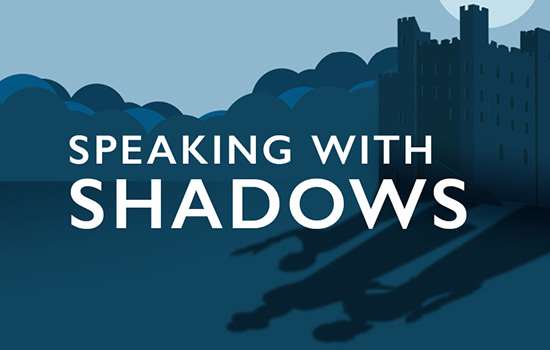
Listen to the podcast
Find out much more about the Battle Abbey Pageant and Gwen Lally by listening to this episode of Speaking with Shadows – the podcast which listens to the people that history forgot.
-
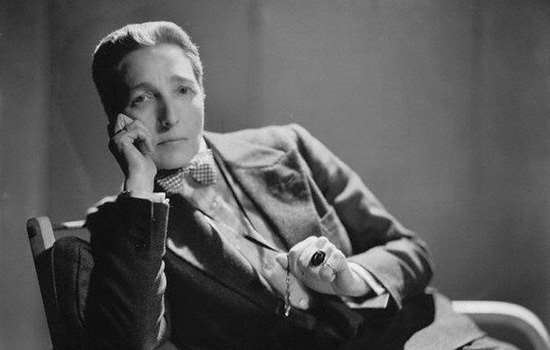
Experiments in Gender
In the early 20th century many women adopted masculine styles of dress that were subversive and playful. Find out how they expressed complex and varied attitudes towards gender, sexuality and politics.
-
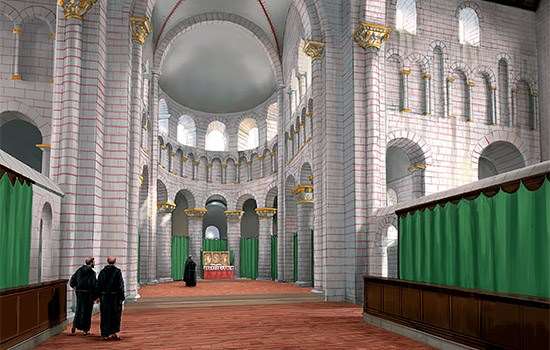
History of Battle Abbey
Read an in-depth history of the abbey founded by William the Conqueror on the site of the Battle of Hastings, from its foundation to its suppression and after.
-
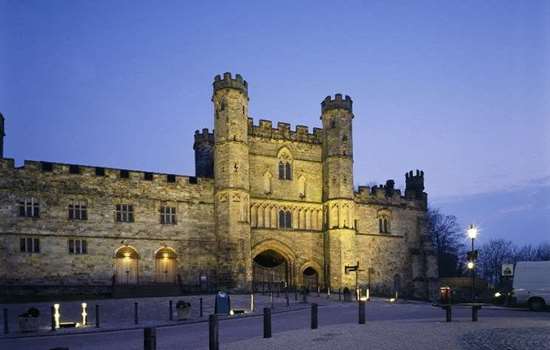
Visit Battle Abbey
For a memorable family day out in Sussex visit Battle Abbey, the site of the 1066 Battle of Hastings. An enjoyable way to discover more about the most famous date in English history.
-
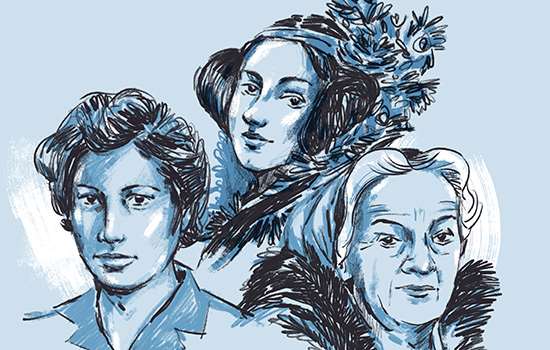
WOMEN IN HISTORY
Read about the remarkable lives of some of the women who have left their mark on society and shaped our way of life – from Anglo-Saxon times to the 20th century.
-
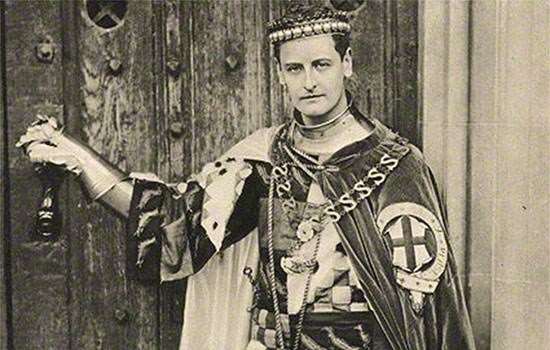
LGBTQ+ History
LGBTQ+ history has often been hidden from view. Find out more about the lives of some LGBTQ+ individuals and their place in the stories of English Heritage sites.

